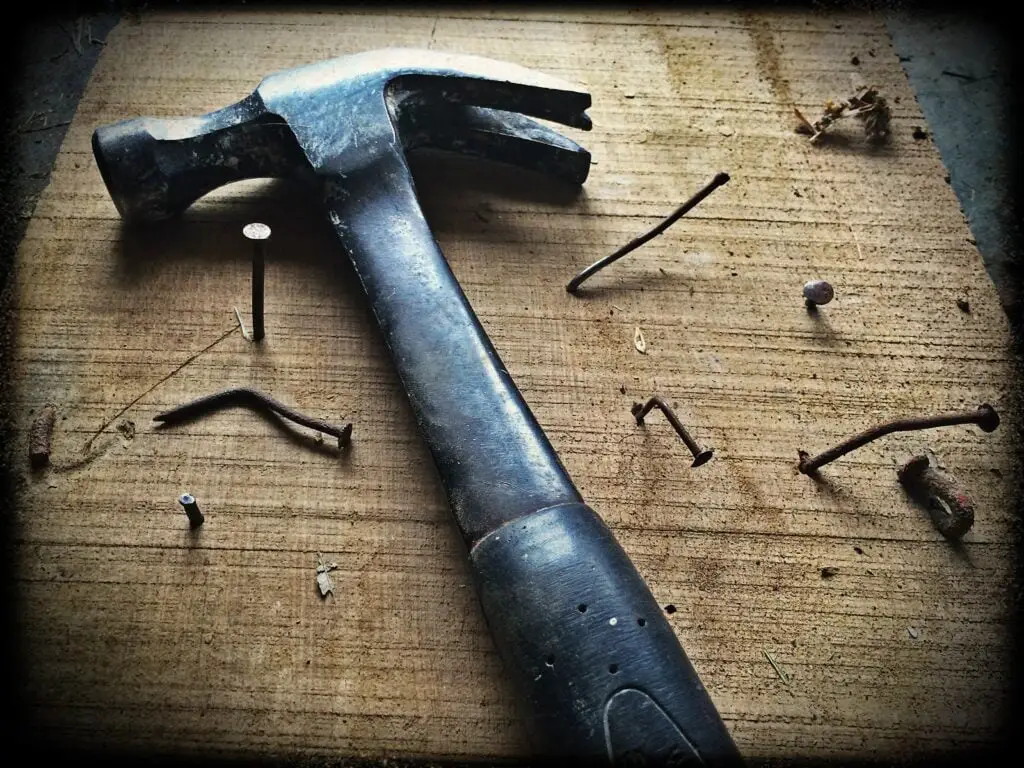
The Mighty Hammer: Guaranteed Multifarious Uses
When we think of a hammer, the first image that comes to mind is a tool used by carpenters to drive nails into wood. However, the humble hammer has a long and storied history, serving humanity in countless ways beyond its primary role. From construction to metalwork, and even in artistic endeavors, the hammer has proven to be a versatile instrument with a multitude of applications.
In this article, we will delve into the various uses of the hammer across different domains, highlighting its adaptability and indispensability.
Construction and Carpentry:
The most well-known and traditional use of a hammer is in construction and carpentry. Whether it’s framing a house, building furniture, or assembling wooden structures, hammers are essential tools for driving nails into various materials. The weight, balance, and grip of a hammer determine its efficiency and effectiveness in different construction tasks.
Demolition and Renovation:
While hammers are used to build, they can also be used to tear down. In demolition and renovation projects, hammers, especially those with claw-like ends, come in handy for breaking apart walls, removing tiles, or dismantling unwanted structures. Their robust design allows for forceful strikes, enabling workers to disassemble materials and clear space efficiently.
Metalworking and Blacksmithing:
Hammers play a vital role in shaping and forming metal. In blacksmithing, a blacksmith uses a hammer to forge hot metal into various shapes by applying controlled strikes. Different types of hammers, such as ball-peen hammers or cross-peen hammers, offer precise control and are suitable for specific metalworking techniques like texturing, shaping, and riveting.
Automotive and Machinery Repair:
When it comes to repairing vehicles or machinery, hammers find their place in the toolkit of mechanics and technicians. Hammers are used to remove dents from car body panels, align misaligned parts, or strike objects to loosen them. The ball-peen hammer, with its rounded striking surface, is often used in automotive repairs, while softer hammers like rubber mallets are used to avoid damaging delicate surfaces.
Masonry and Stonework:
Hammers also find their application in masonry and stonework. Masons use specialized hammers, such as brick hammers or mason’s hammers, to shape and split stones or bricks. These hammers have a flat striking surface on one end for breaking stones and a chisel-like edge on the other for chipping and dressing stones.
Artistic and Craftsmanship Purposes:
Beyond the realm of practicality, hammers have found their way into artistic and craftsmanship endeavors. Metal sculptors use hammers and chisels to shape and mold metal into intricate and captivating sculptures. In jewelry-making, hammers are employed to texture metals, set stones, and forge unique designs. The controlled strikes of a hammer can produce stunning artistic effects.
Musical Instruments:
Believe it or not, hammers have a significant role to play in the creation of musical instruments. In piano manufacturing, hammers strike the strings to produce sound. The design, material, and shape of the hammerhead determine the tonal quality and timbre of the instrument. Hammers are also utilized in various percussion instruments, such as drums and xylophones, to create rhythmic and melodic patterns.
Conclusion:
The hammer, often taken for granted as a simple tool, is a marvel of versatility. From its fundamental role in construction and carpentry to its presence in artistic endeavors and music production, the hammer has proved its worth time and time again. It is a symbol of human ingenuity and adaptability, serving us across numerous disciplines. So, the next time you see a hammer, take a moment to appreciate its varied applications and the profound impact it has had on our lives.
To see other material construction prices, please see here.
To know other construction guides, tips, and methodology for beginners, veterans, and contractors, please see here.
